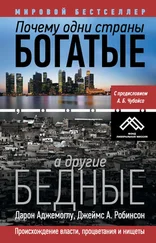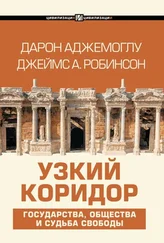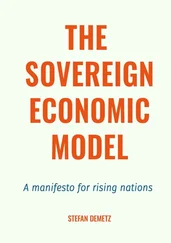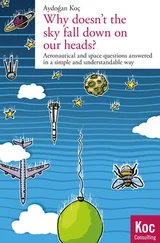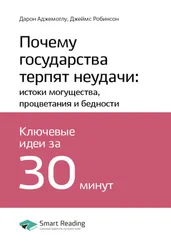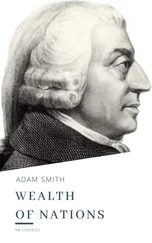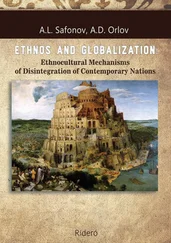The empress Maria Theresa, who reigned between 1740 and 1780, frequently responded to suggestions about how to improve or change institutions by remarking. “Leave everything as it is.” Nevertheless, she and her son Joseph II, who was emperor between 1780 and 1790, were responsible for an attempt to construct a more powerful central state and more effective administrative system. Yet they did this in the context of a political system with no real constraints on their actions and with few elements of pluralism. There was no national parliament that would exert even a modicum of control on the monarch, only a system of regional estates and diets, which historically had some powers with respect to taxation and military recruitment. There were even fewer controls on what the Austro-Hungarian Habsburgs could do than there were on Spanish monarchs, and political power was narrowly concentrated.
As Habsburg absolutism strengthened in the eighteenth century, the power of all non-monarchical institutions weakened further. When a deputation of citizens from the Austrian province of the Tyrol petitioned Francis for a constitution, he responded, “So, you want a constitution! … Now look, I don’t care for it, I will give you a constitution but you must know that the soldiers obey me, and I will not ask you twice if I need money … In any case I advise you to be careful what you are going to say.” Given this response, the Tyrolese leaders replied, “If thou thinkest thus, it is better to have no constitution,” to which Francis answered, “That is also my opinion.”
Francis dissolved the State Council that Maria Theresa had used as a forum for consultation with her ministers. From then on there would be no consultation or public discussion of the Crown’s decisions. Francis created a police state and ruthlessly censored anything that could be regarded as mildly radical. His philosophy of rule was characterized by Count Hartig, a long-standing aide, as the “unabated maintenance of the sovereign’s authority, and a denial of all claims on the part of the people to a participation in that authority.” He was helped in all this by Prince von Metternich, appointed as his foreign minister in 1809. Metternich’s power and influence actually outlasted that of Francis, and he remained foreign minister for almost forty years.
At the center of Habsburg economic institutions stood the feudal order and serfdom. As one moved east within the empire, feudalism became more intense, a reflection of the more general gradient in economic institutions we saw in chapter 4, as one moved from Western to Eastern Europe. Labor mobility was highly circumscribed, and emigration was illegal. When the English philanthropist Robert Owen tried to convince the Austrian government to adopt some social reforms in order to ameliorate the conditions of poor people, one of Metternich’s assistants, Friedrich von Gentz, replied, “We do not desire at all that the great masses shall become well off and independent … How could we otherwise rule over them?”
In addition to serfdom, which completely blocked the emergence of a labor market and removed the economic incentives or initiative from the mass of the rural population, Habsburg absolutism thrived on monopolies and other restrictions on trade. The urban economy was dominated by guilds, which restricted entry into professions. Until 1775 there were internal tariffs within Austria itself and in Hungary until 1784. There were very high tariffs on imported goods, with many explicit prohibitions on the import and export of goods.
The suppression of markets and the creation of extractive economic institutions are of course quite characteristic of absolutism, but Francis went further. It was not simply that extractive economic institutions removed the incentive for individuals to innovate or adopt new technology. We saw in chapter 2 how in the Kingdom of Kongo attempts to promote the use of plows were unsuccessful because people lacked any incentive, given the extractive nature of the economic institutions. The king of Kongo realized that if he could induce people to use plows, agricultural productivity would be higher, generating more wealth, which he could benefit from. This is a potential incentive for all governments, even absolutist ones. The problem in Kongo was that people understood that whatever they produced could be confiscated by an absolutist monarch, and therefore they had no incentive to invest or use better technology. In the Habsburg lands, Francis did not encourage his citizens to adopt better technology; on the contrary, he actually opposed it, and blocked the dissemination of technologies that people would have been otherwise willing to adopt with the existing economic institutions.
Opposition to innovation was manifested in two ways. First, Francis I was opposed to the development of industry. Industry led to factories, and factories would concentrate poor workers in cities, particularly in the capital city of Vienna. Those workers might then become supporters for opponents of absolutism. His policies were aimed at locking into place the traditional elites and the political and economic status quo. He wanted to keep society primarily agrarian. The best way to do this, Francis believed, was to stop the factories being built in the first place. This he did directly—for instance, in 1802, banning the creation of new factories in Vienna. Instead of encouraging the importation and adoption of new machinery, the basis of industrialization, he banned it until 1811.
Second, he opposed the construction of railways, one of the key new technologies that came with the Industrial Revolution. When a plan to build a northern railway was put before Francis I, he replied, “No, no, I will have nothing to do with it, lest the revolution might come into the country.”
Since the government would not grant a concession to build a steam railway, the first railway built in the empire had to use horse-drawn carriages. The line, which ran between the city of Linz, on the Danube, to the Bohemian city of Budweis, on the Moldau River, was built with gradients and corners, which meant that it was impossible subsequently to convert it to steam engines. So it continued with horse power until the 1860s. The economic potential for railway development in the empire had been sensed early by the banker Salomon Rothschild, the representative in Vienna of the great banking family. Salomon’s brother Nathan, who was based in England, was very impressed by George Stephenson’s engine “The Rocket” and the potential for steam locomotion. He contacted his brother to encourage him to look for opportunities to develop railways in Austria, since he believed that the family could make large profits by financing railway development. Nathan agreed, but the scheme went nowhere because Emperor Francis again simply said no.
The opposition to industry and steam railways stemmed from Francis’s concern about the creative destruction that accompanied the development of a modern economy. His main priorities were ensuring the stability of the extractive institutions over which he ruled and protecting the advantages of the traditional elites who supported him. Not only was there little to gain from industrialization, which would undermine the feudal order by attracting labor from the countryside to the cities, but Francis also recognized the threat that major economic changes would pose to his political power. As a consequence, he blocked industry and economic progress, locking in economic backwardness, which manifested itself in many ways. For instance, as late as 1883, when 90 percent of world iron output was produced using coal, more than half of the output in the Habsburg territories still used much less efficient charcoal. Similarly, right up to the First World War, when the empire collapsed, textile weaving was never fully mechanized but still undertaken by hand.
Читать дальше

